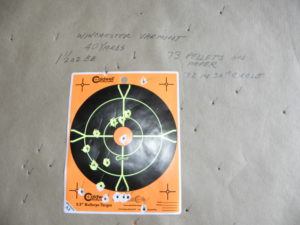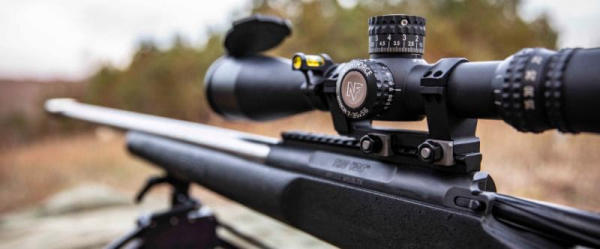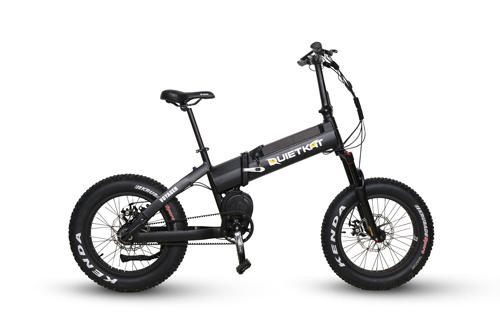By Glen Wunderlich
If you are up for a challenge, hunting coyotes in Michigan is hard to beat. Although many of the canines are killed during deer season as opportunistic targets, it is quite another matter to actually call them into range and to make that perfect shot. However, Michigan hunting regulations have changed over the past few years and now give predator hunters some options that can prove to be effective.
Hunting from elevated platforms or blinds is now legal but certain restrictions apply for night hunting; it is best to check the game laws before heading afield. However, shotgun hunting is legal any time of the day or night and can be used in stands above ground.
Most people think of shotguns and suitable loads as being a rather short-range proposition and that’s true in a relative sense. Compared to centerfire calibers or even rimfires, shotguns minimize any chance of ricochets or otherwise errant shots that could be problematic – especially when one cannot see what lies beyond the range of a lighted firearm. Defining a target at long range in the dark – even with modern LED lights can be difficult. For this reason, among others, shotguns may be a viable option.
A couple of years ago at a media event, I got a first-hand look at a patterning target shot at 60 yards with Winchester’s then-new shotshell offering in its Long Beard XR product and couldn’t believe the size of the tight pattern. Naturally, when Winchester unveiled its new “Varmint X” line of shotshells, I had to see how these new shells patterned. The results were impressive.
Winchester’s Varmint X® Line now includes a 12-gauge shotshell with Shot-Lok® Technology. For hunters that hunt in heavy cover, such as is common in Michigan, shotguns can be an ideal choice as either a primary firearm or a close-in option when hunting with a partner outfitted with a rifle.
Shot-Lok Technology includes a liquid gel that surrounds the pellets in the shot cup and then hardens. When fired, the shot launches from the barrel nearly perfectly round as the hardened resin fractures and disperses like any shotshell buffer. The result is extremely tight, long-range patterns.
Hunters have been able to achieve reliable patterns much farther out than standard shotshell loads of the same gauge and shot size. In fact, an ardent varmint hunter in Arizona that I know has taken one coyote as far as 90 yards with this ammo, although a follow up shot was required to dispatch the varmint.
The new Varmint X shotshell load is available in a 3-inch offering loaded with 1½ ounces of plated BBs that leave the muzzle at 1,300 fps. At 40 yards and beyond, hunters can expect to deliver up to 12 inches of penetration combined with enough devastating knockdown power to handle the largest coyotes, foxes and more. Current pricing at www.Midwayusa.com puts the ammo at about $14 per 10-round box – far less than other high-tech offerings.
In testing at 40 yards with my Browning Silver shotgun and factory Browning turkey choke, the load put 72 pellets in a 30-inch circle out of the total of 73 pellets in the load!

Patterning Target Winchester Varmint X Shotshells 12 Gauge BBs
In addition, 9 pellets hit the 5 ½-inch bull’s eye. At 50 yards, this load printed 65 pellets in the 30-inch circle, while still placing 8 of them in the 5 ½-inch bull’s eye. For reference, BB lead shot is .18″ diameter with a pellet weight of 8.75 grains and to date Winchester’s only option in the new configuration.
A coyote on the move can present a difficult challenge to any shooter, but toting that shotgun afield can be a great equalizer.










